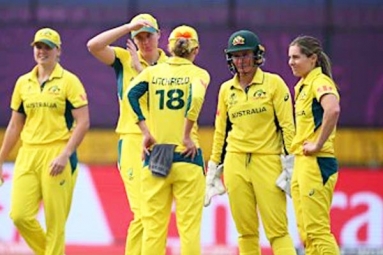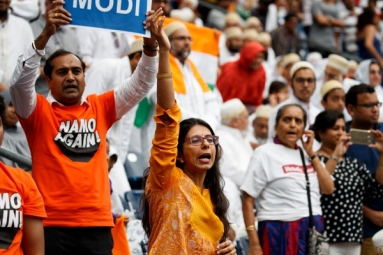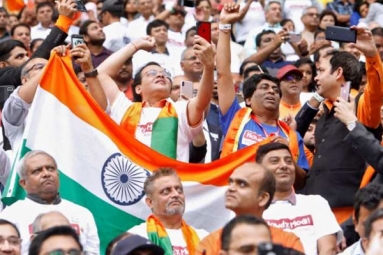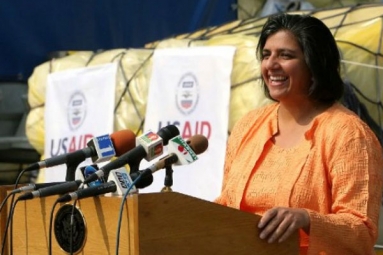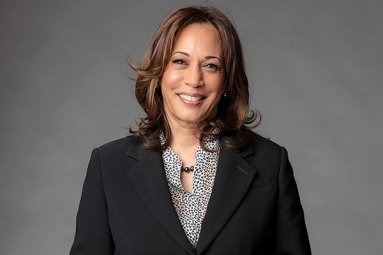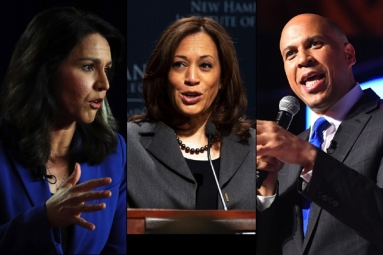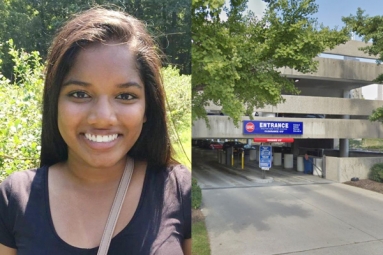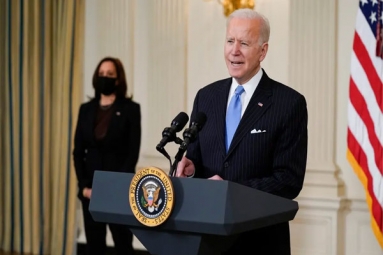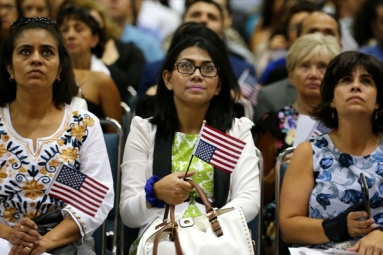Legally Blind Indian American Girl Addresses Forum at Carnegie Hall
September 23, 2019 11:36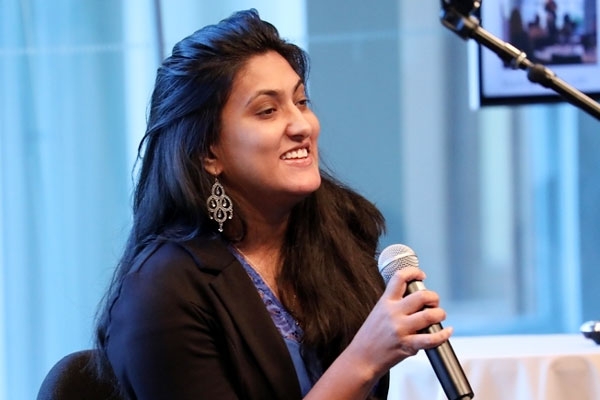
(Image source from: Khaleej Times)
The 30-year-old Indian American Sena Pottaackal, a graduate student at the New York University School of Professional Studies, made history by speaking at Carnegie Hall on September 20.
Legally blind since age 16, Sena is pursuing her MS in public relations and corporate communication. She gave a presentation titled ‘Blind Girl Doing Good Through PR' to audiences at the PR Council's 'critical Issues of the Modern Workforce' forum.
The PR Council is the United States-based trade organization dedicated to agencies with public relations offerings. In spite of deteriorating eyesight, Sena aims to use her education and PR skills to bring insight and opportunities for people with disabilities in the workplace.
Born in the United States to Indian parents, Sena is residing in New Jersey with her parents since she was 14.
In an interview with Khaleej Times before her talk at Carnegie Hall, Sena said:
My presentation focuses on - how I learned to adjust to my disability, how I broke into the workforce, and the third part speaks on how a workforce can welcome people with disabilities.
Speaking about losing her eyesight, Sena said her parents and siblings were her most significant source of support.
I went legally blind at the age of 16. It was a very long time ago, but it took me time to connect the dots and understand that there are all these other methods where I could do something differently.
The New York Women in Communication recently awarded Sena a prestigious academic scholarship for 2019. She was one among 14 scholarship recipients to be recognized for receiving this honor.
Sena is an inspiration to the faculty members and to her fellow students who are future leaders of this industry, said Michael Diamond, clinical assistant professor and academic director of integrated marketing and communications, NYU School of Professional Studies Division of Programs in Business in a press release.
Before speaking at Carnegie Hall, Sena presented at the NYU United Arab Emirates Education Ambassadors Program on how to create a disability-inclusive learning environment as well.
Commenting on the representation of people with disabilities in the workforce, Sena said there is certainly a challenge. One is stigma and lack of awareness, and the representation of people with disabilities in the media certainly contributes to the stigma as mentioned earlier.
With her education and acquired skill sets, Sena wants to make use of her strategic communications and social entrepreneurship to take away existing artificial barriers to disability inclusion. At the same time, she wants to empower individuals with disabilities to forge their dreams into reality as well.
Sena said there are challenges including societal misconceptions about what we can't do and a lack of awareness about our skills and ability to contribute to organizations.
I also feel the media's limited representation of successful disabled characters played by actors with disabilities contributes to the previously mentioned lack of awareness and perpetuates stigma.
The definition of legal blindness in the United States was developed as a guideline to help people receive government aid, such as social security disability benefits. The Department of Motor Vehicles also uses the definition to measure vision and keep roads off the hook from drivers who have difficulty seeing.
An individual with legal blindness has a corrected vision of 20/20 in their best-seeing eye. A legally blind can't see beyond a foot in front of without wearing glasses, but as long as their vision can be corrected to 20/20 with a visual aid, such as glasses, then they are not considered legally blind.
By Sowmya Sangam





